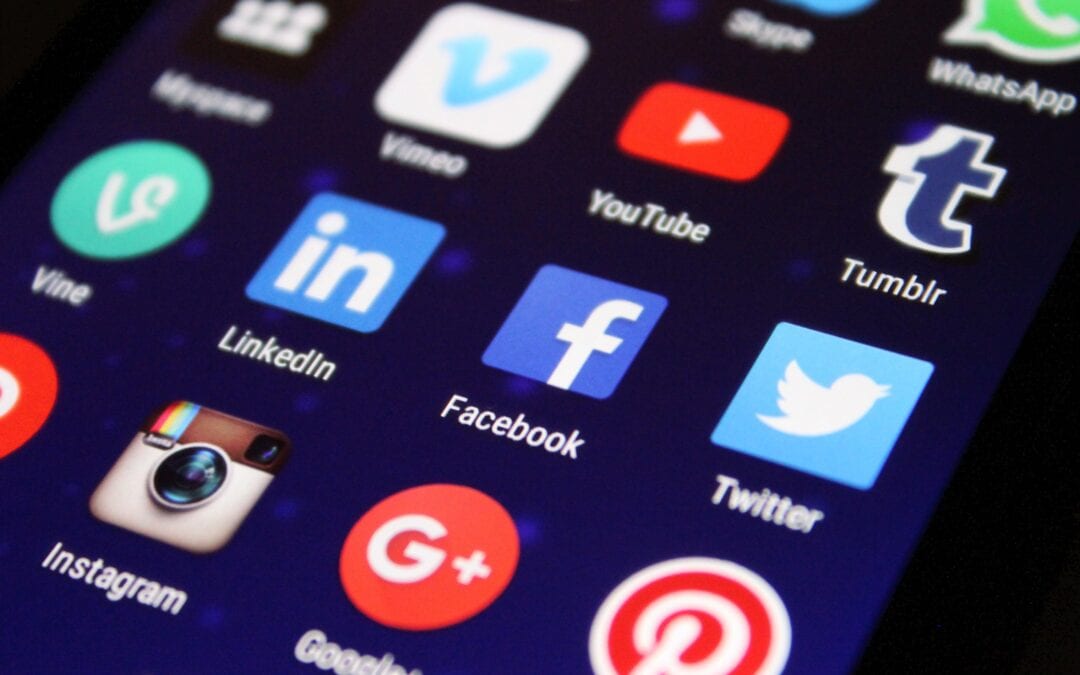Data analytics is used to monitor citizens.
First, governments will make more use of data analytics to monitor citizens and assess risks. With the growing amount of available information about every citizen, government agencies are better able than ever to analyze this data for patterns that point out potential threats or criminal activities. This can include, for example, using data analytics to track a person’s online behavior in order to identify potential terrorist threats. This can also be used in a pandemic to identify people that have been exposed to the virus and need medical attention.
Governments will invest more heavily in AI.
Second, governments will invest in artificial intelligence (AI) to automate tasks that are currently done manually. AI is already used in many industries, including law enforcement, health care, education, and transportation which all rely on data analytics for decision-making processes like predictive policing or automating the process of matching patients with doctors. Governments will also need to invest in AI as they start using data analytics and find tasks that can be automated through the use of artificial intelligence (AI). For example, Federal departments can use AI to automate the processing of applications for social services such as food stamps, disability benefits, and Medicaid.
Governments will rely on social media platforms for monitoring citizen sentiment.
Third, governments will rely on social media platforms to monitor citizen sentiment. Governments can use Facebook’s algorithms to track conversations about world events to determine public opinion about their country or government policies. They can also see what people are saying by analyzing Twitter posts. For example, suppose a government wants to know how its citizens respond to an event like the recent U.S. presidential election. In that case, they can identify keywords and phrases that represent reactions of approval or disapproval by running them through Twitter’s analytics tool and then compile these findings to determine public sentiment about their country or policies.
The government continues to monitor citizens using data analytics and will also depend more on AI to automate tasks that are done manually. Governments in the future may invest even more heavily in these technologies as they empower them to make quicker decisions based on real-time information. In 2021, governments worldwide will use digital tools like social media platforms to monitor citizen sentiment.


